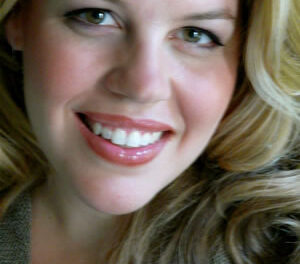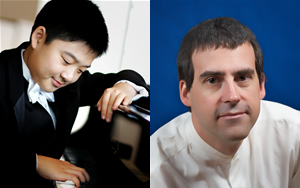It would be interesting at the start of the “spring semester” of the concert season to be a fly on the wall at the board meetings of the North Carolina Symphony. As the lengthy search for a new conductor and music director continues, one has to wonder what the decision-makers think so far. Do they really take into account comments from the public? How much influence do the orchestra members have? Let’s just hope that when a decision is reached, there won’t be the same fiasco as the recent search for the Police Chief of Durham.
The Chapel Hill Bible Church continues to be the Chapel Hill venue for North Carolina Symphony concerts until the renovation of Memorial Hall on the UNC campus is completed. The Thursday, January 9, concert appeared to be nearly sold out, so apparently the word has gotten out and concertgoers enjoy the easy access and close, free parking. The sound in this quasi-tent-shaped building is quite good overall although the sight lines leave a lot to be desired. Well, that at least beats Duke Chapel.
The guest conductor was Roberto Minczuk, Co-Artistic Director of the Sao Paulo State Symphony of Brazil. He was also just recently named Associate Conductor of the New York Philharmonic. Minczuk, a French horn wunderkind, was Principal Horn of the Sao Paulo Symphony at the age of sixteen.
The program was a well-balanced selection and its components proved to be excellent vehicles to showcase the guest conductor, soloist, orchestral soloists and the whole ensemble. First up was the Suite from Billy the Kid by Aaron Copland. Along with the composer’s Appalachian Spring and Rodeo this is the epitome of the Copland “American” sound; it is spacious, clean, precise and uncluttered, with traces of folk songs. Written on commission in 1938, it was choreographed by the great dancer Agnes de Mille and became a staple of her company. This is one of those works that must be heard in performance to truly appreciate the masterful orchestration and virtuosity needed to pull of an effective performance. “The Open Prairie” is the first of seven continuous sections, and it is tone painting at its finest as a spacious, endless evocation of the early West is presented. Right away one could see that Minczuk is a no-nonsense conductor with a clear and accurate beat and few extraneous movements or affectations. This was particularly evident in the fourth section, “Running Gun Battle,” wherein special recognition was earned by Principal Trumpet Paul Randall and percussionist Richard Motylinski, whose complex, extremely fast, and dead-on-accurate entrances left the audience gasping. Performances of this work can sometimes fall victim to a hokey, clippity-clop, “pops” approach that does a severe disservice to the elegance and genius of this composition. Minczuk avoided this and led the orchestra through a serious yet fun reading of this American classic
It is somehow comforting to know that there are always new things to experience in orchestral concerts, despite many pundits declaring subscription concert series as nothing more than museum displays of the same works, given over and over. Sometimes it’s the beauty of a composer’s skills that can never be captured quite as well on a recording. On other occasions, concerts can (and often do) fill voids, even in an experienced concertgoer’s experience. Until this performance, I had never heard a live horn concerto, and but for my new reviewing career, I probably would have passed on this concert. The performance of Richard Strauss’ Concerto No. 2 in E-Flat Major for Horn and Orchestra, Op. 86, was a welcome revelation. Strauss wrote two horn concertos in his long career – the first being separated by 63 years from the second, which was written in 1945. Soloist Eric Ruske was, like the guest conductor, a horn prodigy; he held the Associate Principal seat of the Cleveland Orchestra at age 20. This work, less performed than Strauss’ first horn concerto (1883), is a virtuoso display not only for the soloist, but also for the strings. From the long lines of the slow movement to the rapid-fire spirited and lively Rondo, Ruske gave an inspired and technically remarkable performance.
Symphony No. 2 in D Major, Op. 73, by Johannes Brahms, has been and continues to be one of the most performed symphonies in this area. This work was featured by the UNC Symphony Orchestra in the fall of 2001, and it will also be presented by both the Chapel Hill Philharmonia and the Duke Symphony Orchestra in the coming weeks. Often described as the “sunniest” of Brahms’ four symphonies, it still remains a challenging and difficult work to perform. I decided to follow the score in this case – something I have not done before for the NCS and will probably not do again. I felt that the precise and accurate conducting technique that served Minczuk so well in the Copland became a bit too pedantic for a Romantic work like this. While nothing can be considered “wrong,” the playing seemed somewhat aloof and removed from the inherent passion of this work. Minczuk has been known to decry the proliferation of these “museum pieces.” His reading came across as an accurate performance but with another “day on the job” edge.













